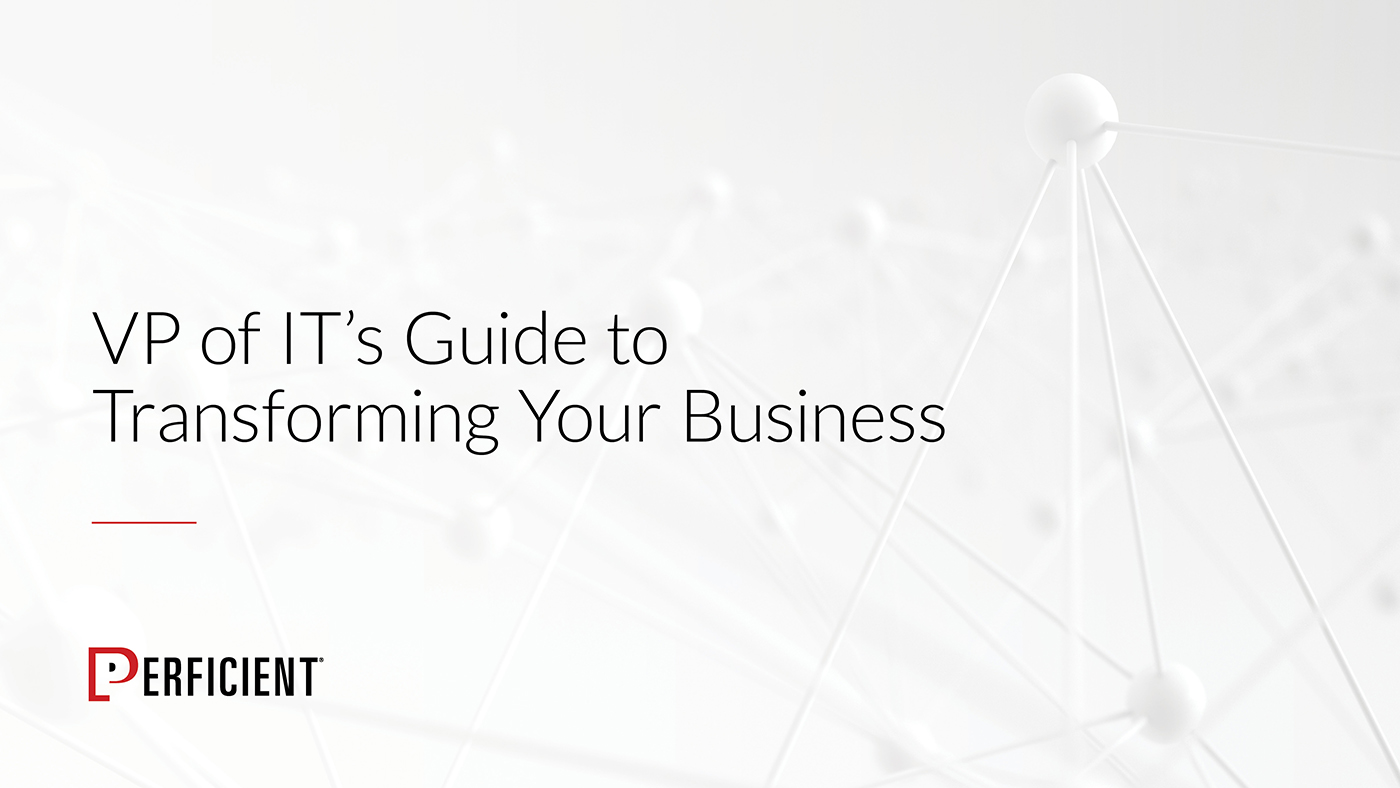My colleague Eric Roch recently wrote an article about “5 Steps to Monetize Your API’s.” He goes into some detail which you should read but for brevity’s sake I’ll just highlight his five steps:
The five steps to monetize your APIs we will examine include:
1. Establish your business case and roadmap
2. Ensure you have the right funding and organizational model
3. Treat APIs as a products with an Agile API product life cycle and governance
4. Ensure you have the right technology platform to build and manage your APIs
5. Measure and monitor API KPIs such as run-time performance, financials and developer feedback
Every single step is important but there are other elements to consider. I would categorize them in two areas:
- Business
- Other technology considerations
Business
Having a sound technology foundation is important but you need to focus on some key elements that will allow technology to actually allow the monetization to happen. Specifically you need to think about:
- Who will buy this data or access to a service via an API?
- Is there a business case for it? Can you make enough money and show a profit?
- What is the pricing model?
- How will the users consume the service or data? Remember that different customers want access in different ways. Some want to just download it all. Others want a simple service to see it. Still others want you to give them tools to get access and to gain further insights from the data or service.
- How will you go to market?
Each of these bullet points demands it’s own blog post but suffice it to say that just getting the API’s available is just a start. Chances are that your business partners or potential customers already demand access to data or services via an outward facing API. You just to figure out how you can benefit from it. That means putting some business focus on it.
Other Technology Considerations
Just getting the API platform ready is one step but as anyone who runs a business knows, you need to do far more. I like to think of these technologies in terms of the life cycle:
- Getting the customers
- Signing up the customers
- Service your customers
Each will drive a variety of systems that you either need to re-use or setup from scratch depending on where you are with your company and what legacy systems you have.
Getting the customers
We all love sales and marketing. You may have the coolest tool out there but you still need to sell it. That will drive a lot of potential systems. You may not need all of them but you should ask the question on how to meet sales and marketing needs. So think of the following possible tools to make this a full-fledged offering:
- CRM – Sales Cloud: How will your sales force track leads and turn them into sales?
- Web: do you need to provide information on the value provided?
- Web Analytics: What’s happening as potential customers interact with you?
- Optimization software: should you change your message? Can you optimize it quickly?
- CPQ: if you have a complex offering, how do you put it all together so you know what charge
- Virtual Agents and other AI related tools to automate some of this
Signing Up the customers
You reach the point where they say yes and now you have a fun set of problems. You have to turn on the service and give your customers a good on-boarding experience
- Contract Management: If you sell complex offerings, you may need this as well
- CRM – Sales Cloud: Still needed to finish the process
- CRM – Service Cloud: How will you track billing, service, and other issues? How will you enable self-services
- Mobile: do you need a mobile app to let customers manage the service you enabled?
- Billing system: You need some way to get the bills out the door and track payments. There’s no sense in monetizing an API if you can’t get the $$$
- Collaboration tools: I see many of my clients who have very complex onboarding. That requires collaboration tools to get the setup done right. Hopefully that’s not you and you can do something more turnkey but just in case…..
Service Your Customers
Experience tells you that it’s better to keep a customer through continuing good experiences rather than continuing to fight for new ones. That means you have to have the systems in place to do that:
- Call centers and call center software: no matter how smart AI is, it still needs a human for the hardest problems
- CRM – Service Cloud: customers will have problems and you will want a way to manage that ongoing relationship
- Virtual Agents and other AI: How much can you automate the first chat or calls? Can you save your live agents for the hardest problems?
- Mobile: What management of your services is needed? Will a mobile app do the job
- Survey and other tools: How happy are they
- Analytics: This is a big bucket but you want insights on how the business is doing and how you should continue to evolve
Bottom Line
By now you’ve probably pointed out 15 systems I’ve missed and that include ERP. I don’t want this to be a comprehensive system. I just want to point out that a new monetized API will have to grow over time to support a variety of needs. I also want to point out the importance of taking a step back and thinking through some business basics before diving in.

